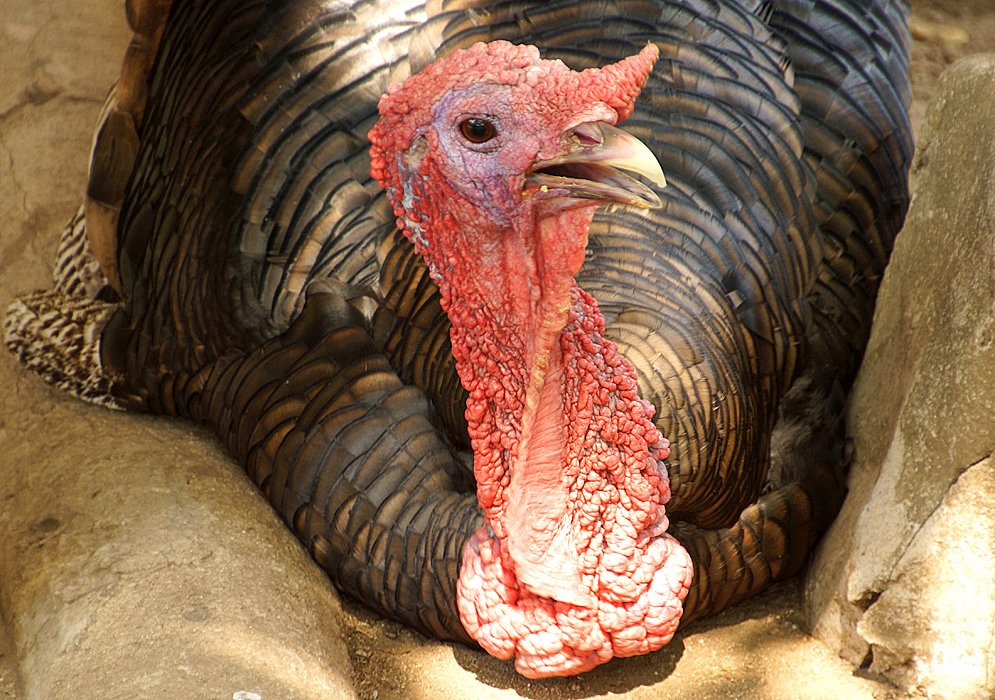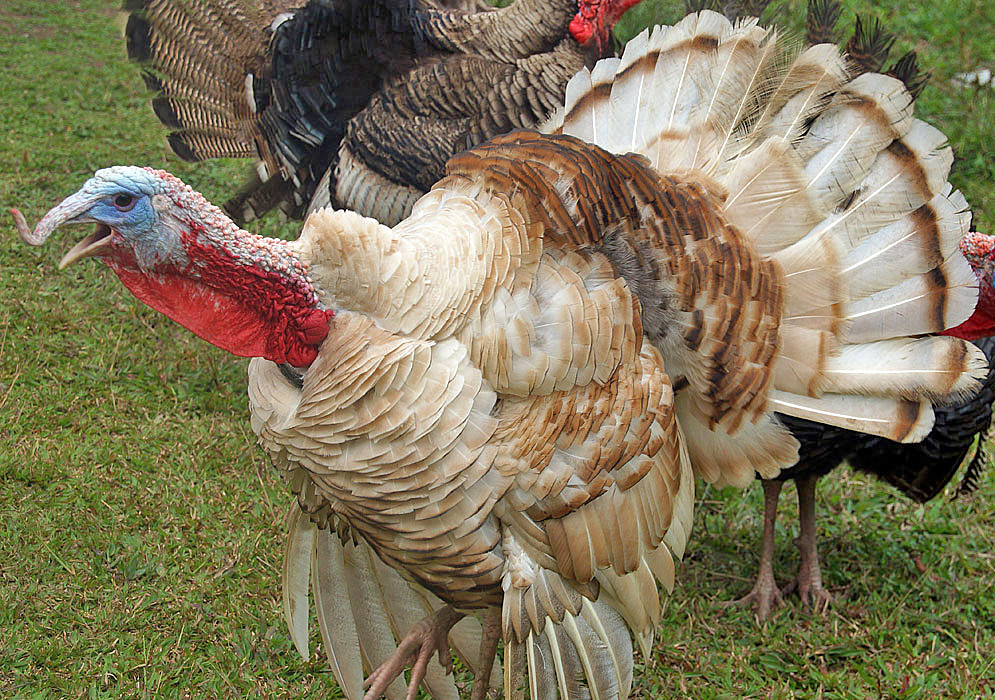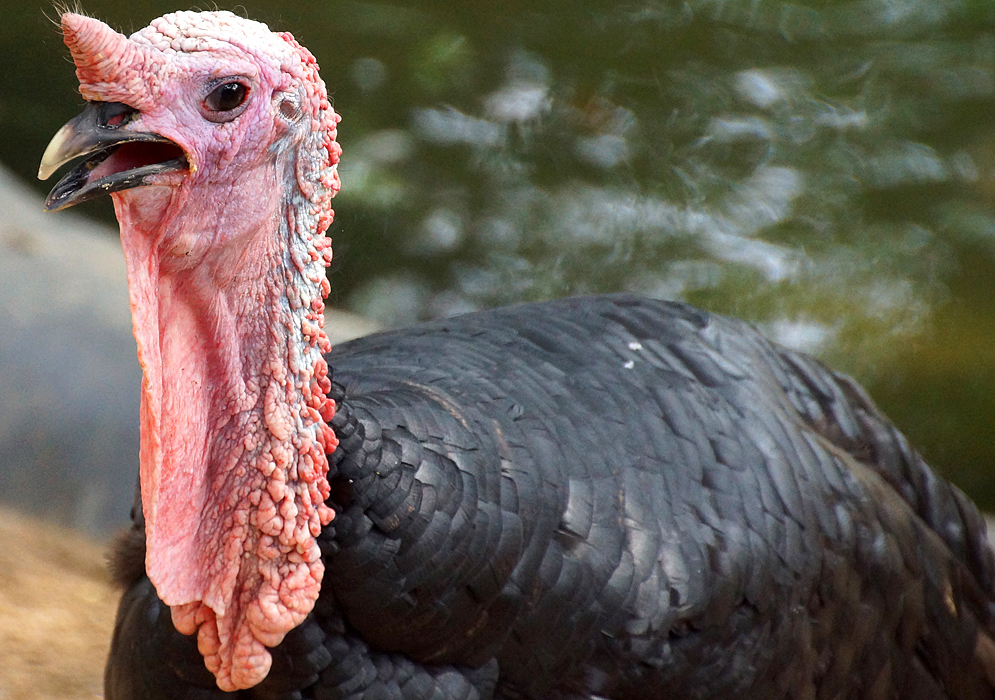This post has 11 Simple Fields-fields attached. Show fields.

Turkeys, comprises two species: the Wild Turkey (Meleagris gallopavo) and the Ocellated Turkey (Meleagris ocellata). The Wild Turkey is native to the forests of North America, spanning from Mexico through the midwestern and eastern United States to southeastern Canada. The Ocellated Turkey, on the other hand, is found in the forests of the Yucatán Peninsula in Mexico. Both species exhibit a pronounced sexual dimorphism, with males being larger and more colorful than females. A notable feature of male turkeys across both species is the fleshy wattle or snood hanging from the top of their beaks. The Wild Turkey inhabits various habitats such as oak-hickory forests, pine-oak forests, cypress swamps, and mountain forests. These turkeys are omnivorous, consuming a diet that includes acorns, seeds, grains, berries, leaves, as well as insects, spiders, and occasionally small amphibians and reptiles. Wild Turkeys are known for their unique behavior during the breeding season, where males engage in a striking display to attract females, involving puffing out feathers, strutting, and making distinctive sounds. Despite their large size, they are capable of strong flight and usually roost overnight in tall trees. The Ocellated Turkey, while similar in general habits to the Wild Turkey, exhibits some differences in behavior and appearance. It is classified as Near Threatened by the IUCN. These turkeys generally spend their time on the ground. Turkeys evolved in North America over 20 million years ago and are closely related to grouse, pheasants, and other fowl. The domestic turkey, a staple in many households, particularly during festive seasons, originated from the wild turkey and was domesticated by indigenous peoples of North America about 2,000 years ago. The wild turkey is currently listed as 'Least Concern' by the IUCN Red List. This species has experienced a significant population increase over the last 40 years in North America. Interestingly, wild turkeys have been introduced to countries like Australia and New Zealand, where they are now established.





